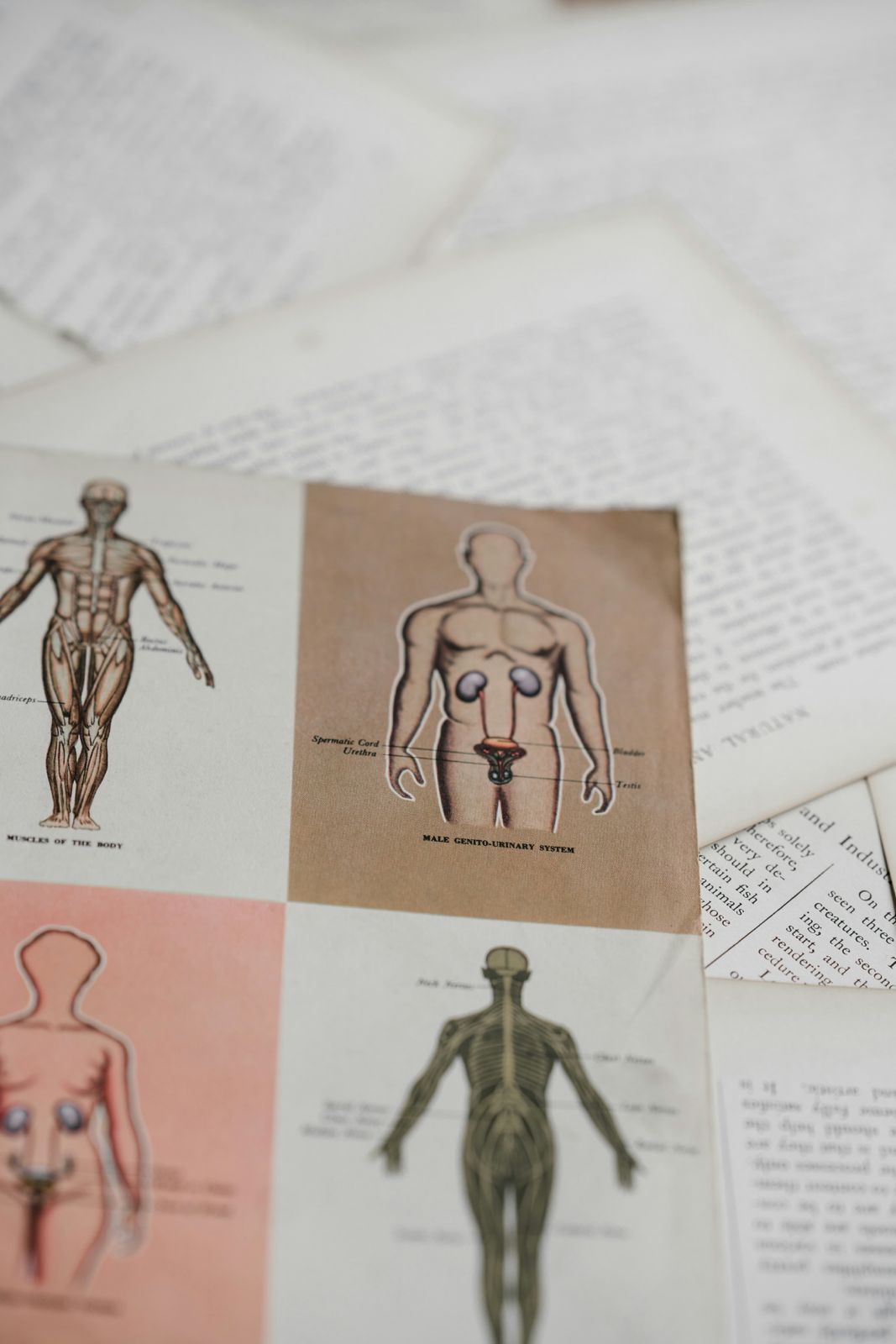Part 2: Clothes to Cortex - How Plastic Ends Up in the Brain

It’s Not Just the Planet
When we think about plastic pollution, oceans and wildlife usually come to mind. But research now shows it’s much more personal. Microplastics—tiny plastic particles from clothing, packaging, and dust—are being discovered inside human bodies. From our lungs to our brains, plastic is turning up in unexpected places. While the science is still developing, early findings are helping us make more informed choices.
1. How Microplastics Get Into Us
We’re exposed to microplastics every day through:
-
Breathing in airborne fibres from clothing and household dust
-
Drinking tap or bottled water containing microscopic particles
-
Skin contact, especially when we sweat in synthetic fabrics
Synthetic clothing (like polyester and nylon) is a lesser-known source. When worn, washed, or dried, these garments shed fibres into our surroundings. For example, dryers are a key contributor of airborne microplastics in the home.
2. Where Plastic Has Been Found
Scientists have found microplastics in several sensitive areas of the human body:
-
Blood
-
Lung tissue
-
Placenta
-
Breast milk
-
Brain tissue
In 2024, researchers detected plastic nanoparticles in human brain tissue—an amount comparable to the plastic in a small spoon. This study confirmed that plastics can pass through the blood-brain barrier, which is normally a protective filter for our brains.
3. What This Could Mean for Our Health
While more studies are needed, early evidence suggests several possible health impacts:
-
Tissue inflammation caused by microscopic particles
-
Hormonal imbalances from plastic additives like BPA and phthalates
-
Gut microbiome disruption, affecting digestion and immunity
-
Immune stress, as the body tries to manage foreign particles
-
Neurological concerns, with early links to mood and cognitive changes
The brain, in particular, is sensitive to even trace amounts of chemical interference. Researchers are exploring how exposure might relate to memory, emotional well-being, and nervous system function.
4. Why This Matters
Plastic has brought a lot of convenience to modern life. But we’re beginning to see that it’s not always harmless. The human body wasn’t designed to handle plastic, and can’t break it down naturally. The gradual accumulation in our tissues may have implications for overall wellness and future generations’ health.
This goes beyond environmental issues. It’s now a question of what we carry within us—often without knowing.
5. What You Can Do (Without Getting Overwhelmed)
Here are some everyday actions that can help:
-
Choose natural fibre clothing like organic cotton, hemp, and linen
-
Use water filters to reduce microplastic intake
-
Choose food and drink packaging made from glass or stainless steel
-
Avoid microwaving food in plastic containers
-
Ventilate your home to minimise airborne particles
-
Use laundry tools like Guppyfriend or Cora Ball to catch microfibres
-
Support innovation and policies that reduce plastic use and waste
The takeaways
We’ve all seen the headlines about plastic in oceans and landfills. But now we know—it’s in us, too. The good news is that awareness opens the door to change.
By adjusting what we wear, how we shop, and what we bring into our homes, we can begin to reduce the presence of microplastics in our lives. These choices are a form of self-care—for ourselves and the world around us.
References
-
Kim, H. H., & Choi, J. (2023). Assessment of human dermal absorption of flame retardant additives in polyethylene and polypropylene microplastics using 3D human skin equivalent models. Science of The Total Environment.
-
Horvat, T., et al. (2024). Plastic Nanoparticles in Human Brain Tissue: A Pilot Study. Environmental Health Perspectives.
-
Cox, K. D., et al. (2019). Human Consumption of Microplastics. Environmental Science & Technology.
-
Leslie, H. A., et al. (2022). Discovery and quantification of plastic particle pollution in human blood. Environment International.
-
Zhang, J., et al. (2020). In vitro toxicity of microplastics and nanoplastics in mammalian systems. Environmental Research.
-
Amato-Lourenço,
-
L. F., et al. (2021). Presence of airborne microplastics in human lung tissue. Science of The Total Environment.
-
Ragusa, A., et al. (2021). Plastic particles in human placentas. Environment International.
-
Ragusa, A., et al. (2022). First evidence of microplastics in human breastmilk. Polymer Degradation and Stability.
-
Koelmans, A. A., et al. (2022). Microplastics in drinking water: A review and research needs. Environment International.
-
O'Brien, J. W., et al. (2020). Airborne emissions of microplastics from wastewater treatment. Environmental Pollution.
-
Wang, J., et al. (2016). Toxic effects of microplastics and chemicals on aquatic organisms. Environmental Pollution.
-
Jin, Y., et al. (2019). Microplastics affect the gut microbiota and hepatic lipid metabolism in mice. Science of The Total Environment.
1 comment


Interesting and we should all do our best to use less and less plastics.